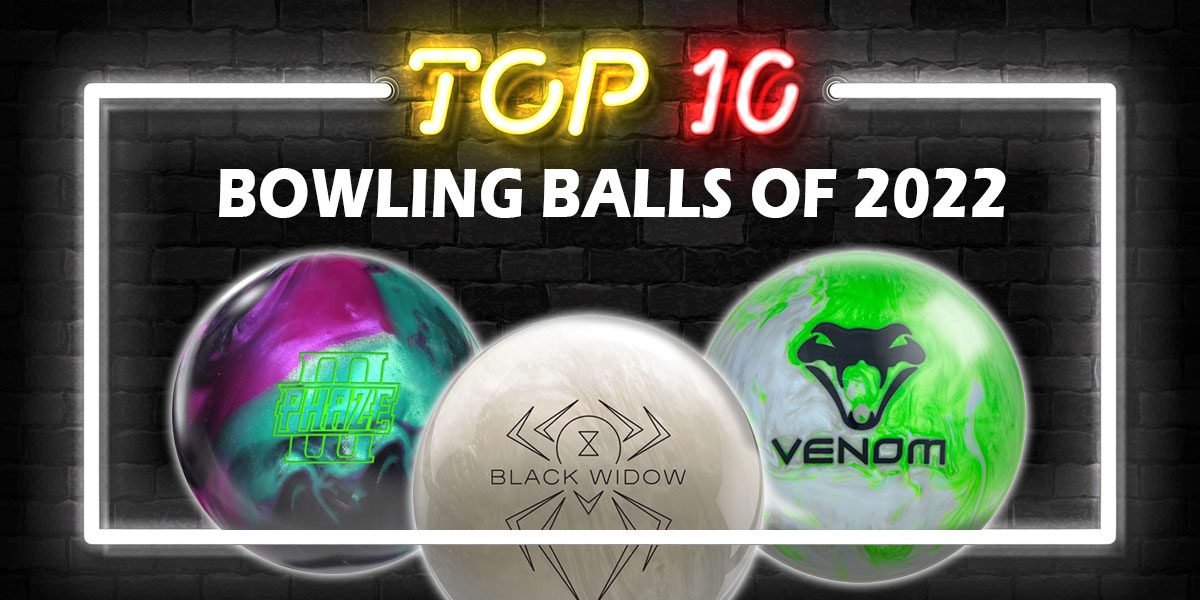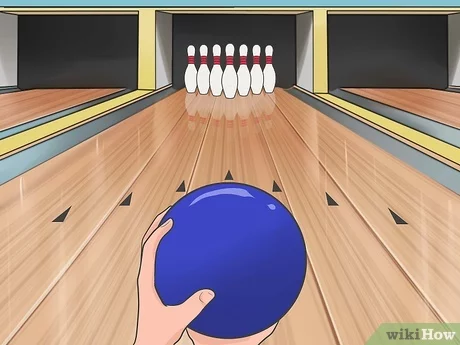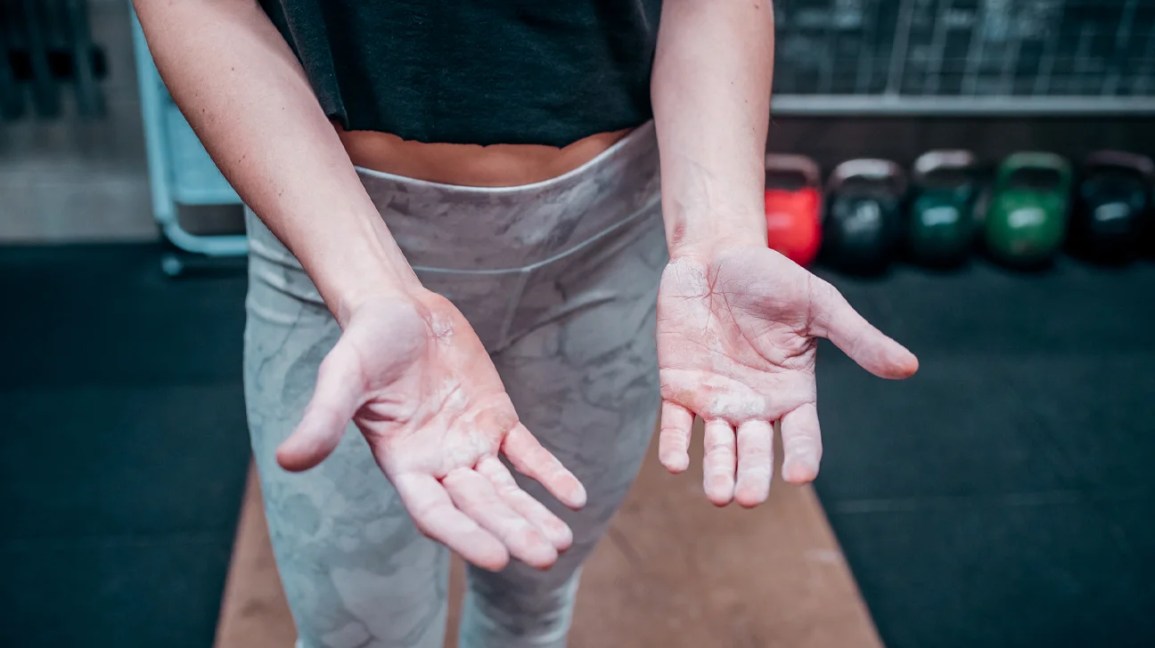What is a good bowling ball? A good bowling ball delivers consistent performance and matches a bowler’s style. Ideal balls provide the right balance of core type, coverstock, and weight.
Selecting a bowling ball that complements your game can significantly impact your scoring potential. Picking the perfect ball involves considering key factors like your bowling technique, lane conditions, and the weight you’re comfortable with. A well-suited ball will elevate your game, whether you’re a beginner looking for a smooth roll or a seasoned player craving precision on heavy oil patterns.
With various options ranging from reactive pearls for sharp hooks to solid urethane for straight shots, the market offers a ball for every skill level and preference. Quality brands like Storm, Hammer, and Brunswick frequently lead the charge, producing balls praised for durability and tech-driven design. Your journey to strikes and spares starts with selecting a ball that feels like an extension of your hand, giving you the control and confidence needed to excel on the lanes.
The Quest For The Perfect Strike
Achieving the perfect strike in bowling hinges on a multitude of factors,
with the choice of bowling ball being paramount. A good bowling ball
marries precision engineering with a bowler’s skill to knock down all ten
pins with a single throw. Selecting the right ball can elevate your game and
put you on the path to consistently striking success.
Components Of A Quality Bowling Ball
A quality bowling ball is the sum of its parts, each component critical to
overall performance. Here’s what to look for:
- Core Design: Determines the ball’s hook potential and motion.
- Coverstock Material: Influences traction on the lane and durability.
- Weight Distribution: Affects balance and stability during a roll.
- Finish: Polished for a skid, sanded for a grip on the lane.
Ball manufacturers strive for innovation to meet individual bowler requirements. From
the core to the coverstock, every aspect is critical for a match with the player’s style.
Bowling Ball Types For Different Lane Conditions
Lanes are not created equal, and neither are bowling balls. The right ball on the right lane condition makes all the difference:
| Lane Condition | Bowling Ball Type |
|---|---|
| Dry Lanes | Pearl coverstocks or polished finishes for less friction. |
| Medium Oil Lanes | Solid reactive balls for a good mix of traction and control. |
| Heavy Oil Lanes | High-flaring cores & aggressive coverstocks for max hook. |
Beginners might opt for plastic or urethane balls. Experienced players prefer reactive resins tailored for their throw. Your choice ought to match the lane’s oil pattern for that satisfying strike sound.

Credit: www.wikihow.com
Making The Right Choice
Choosing the right bowling ball is essential for both casual players and seasoned bowlers. A good bowling ball can enhance your control, precision, and overall game performance. This guide will help you select a bowling ball that fits your style and needs perfectly.
Weight Matters: Finding Your Ideal Ball Weight
Weight Matters: Finding Your Ideal Ball Weight
Comfort and control are key when selecting a bowling ball weight. It’s important to find a balance where the ball is not too heavy to handle or too light to knock down pins effectively.
- Adult men typically choose balls ranging from 14 to 16 pounds.
- Adult women often go for weights between 10 to 14 pounds.
- Younger players should start with balls under 10 pounds.
Here’s a simple test to find your ideal weight: Hold the bowling ball at your side and extend your arm. If you can hold it for about 5 seconds without your arm dropping, the weight is likely a good fit.
Coverstock Choices: From Reactive Resin to Urethane
Coverstock Choices: From Reactive Resin To Urethane
The coverstock is the bowling ball’s outer layer and has a huge impact on the ball’s reaction on the lane. Let’s explore the common types:
| Coverstock Type | Description | Best for |
|---|---|---|
| Plastic/Polyester | Smooth surface, offers minimal hook | Beginners, straight bowlers, spare shooting |
| Urethane | More friction, moderate hook | Intermediate players, more control |
| Reactive Resin | Tacky feel, strong hook and power | Professional, high-performance play |
| Hybrid | Combines attributes of other coverstocks | Versatile bowlers, changing lane conditions |
Keep in mind lane conditions when choosing a coverstock. Plastic works well on oily lanes, while reactive resin grasps the lane better in drier conditions. Urethane is a middle-ground option and can adapt to various styles.
The Science Behind The Ball
Understanding the science behind a good bowling ball can make a huge difference in your game. It’s not just about the color or brand; it’s the inner core and material science that dictate how the ball behaves on the lanes. Let’s dive into the world of cores and dynamics that shape your bowling experience.
Core Types Explained
The core of a bowling ball greatly affects its motion on the lane. Cores come in various shapes and sizes, influencing the track and hook of the ball.
- Pancake Cores: Simple and stable, pancake cores provide a smooth, predictable roll.
- Symmetrical Cores: Give balanced motion, suitable for various styles and conditions.
- Asymmetrical Cores: Designed for more hook potential and angular motion.
Exploring Differential And Rg In Ball Dynamics
The terms ‘differential’ and ‘RG’ (Radius of Gyration) are crucial in ball design. They tell us how the ball revs and hooks.
| Differential (Diff) | Impact |
|---|---|
| Low Diff | Less hook, smooth roll |
| High Diff | More hook, aggressive motion |
RG values indicate the distribution of mass in the ball’s core.
- Low RG: Quick revving, earlier hook.
- High RG: Delays revving, hooks later down the lane.
By understanding these aspects, bowlers can choose balls that complement their technique and the lane conditions they face.
Top Picks In The Market
Striking the perfect balance between quality and price can be tough. We scoured the market to find the best options for every type of bowler. Below, we list our top picks that cater to both serious athletes and casual players.
High-end Models For Serious Bowlers
Bowling professionals and enthusiasts seek performance and durability. High-end bowling balls are designed for this very purpose. They feature advanced materials and tech for better control and reaction on various lane conditions.
- Storm Phaze II – A favorite among pros for its consistent back-end reaction.
- Motiv Venom – Offers great versatility on a variety of oil patterns.
- Hammer Black Widow – Known for its aggressive hook and high striking power.
Budget-friendly Options For Casual Play
Not all bowlers require the bells and whistles of professional gear. Casual players need reliable options that won’t break the bank. Here are some balls that offer a great experience at a friendlier price point.
| Ball | Weight | Suitable for | Price |
|---|---|---|---|
| Brunswick TZone Indigo Swirl | 13 Lbs | Any Lane Condition | $59.99 |
| Brunswick Rhino Metallic | 14 Lbs | Entry-Level Reactive Pearl | $87.99 |
| Hammer Black Widow Viz-a-Ball | 15 Lbs | Dry Lanes/Spare Ball | $129.95 |
Maintaining Your Advantage
A good bowling ball is like a trusty sidekick in your quest for strikes and spares. But, it requires more than just selection; it demands ongoing care and occasional reassessment. Let’s delve into how to ensure your bowling ball remains in top form, offering that competitive edge game after game.
Proper Care For Longevity
Consistent maintenance keeps your bowling ball rolling true. Here are key pointers for care:
- Clean after play: Wipe down your ball to remove lane oils.
- Regular polishing: This maintains the ball’s hook potential.
- Professional resurfacing: Consider this annually to rejuvenate the ball’s surface.
A well-crafted maintenance schedule ensures peak performance from your bowling ball.
When To Revisit Your Ball Selection
Every bowler evolves, and so should their equipment. Here’s when to consider a new bowling ball:
| Sign | Action Required |
|---|---|
| Reduced reaction: | Assess if your ball needs resurfacing or replacing. |
| Change in style: | Seek balls that complement your updated technique. |
| Different oil patterns: | Find balls suited for the conditions you face. |
Stay ahead of the game by reassessing your equipment as you grow as a bowler.

Credit: blog.wolfram.com
Real Bowlers’ Verdict
What makes a bowling ball outstanding? Real bowlers weigh in. They bring years of lanes, strikes, and spares. Their verdict shapes the ideal choice for you. Let’s delve into expert and user insights for a clear winner in the quest for a good bowling ball.
Professional Opinions On Ball Performance
Pros know performance. They’ve rolled countless frames with myriad balls. Their consensus? A good bowling ball must have a perfect blend of coverstock, core design, and finishing surface.
- Balance is key: The right weight distribution ensures control and power.
- Material matters: Urethane, reactive resin, or plastic? Each serves a purpose.
- Pick the right finish: Matte, polished, or sanded? The lane condition decides.
| Material | Finish | Lane Condition |
|---|---|---|
| Urethane | Matte | Dry |
| Reactive Resin | Polished | Medium to Heavy Oil |
| Plastic | Sanded | Any Condition |
User Reviews And Shared Experiences
Nothing beats real-world user experiences. Bowlers across forums and review sites share what works. Their top picks vary by skill level, but common themes emerge.
- Storm Phaze II – A hit among advanced players for its control on heavy oil lanes.
- Brunswick TZone – Beginners love its predictability and smooth roll.
- Motiv Venom Shock – Offers aggressive mid-lane traction and a strong backend that appeals to a wide range of bowlers.
Users also highlight factors like durability, brand reputation, and customer service. Personal preference plays a big part. What suits one bowler may not work for another. Testing different balls is crucial.

Credit: www.bowlersmart.com
Frequently Asked Questions Of What Is A Good Bowling Ball
How Do You Pick A Bowling Ball?
To pick a bowling ball, consider its weight, fit, and material. Choose a comfortable weight, ensure holes fit your fingers well, and select material based on lane conditions.
How Do I Choose A Bowling Ball At The Alley?
Select a ball that feels comfortable, ideally weighing about 10% of your body weight. Ensure the finger holes fit snugly, allowing for a slight bend in the thumb. Choose a ball according to the lane conditions; opt for a heavier ball for oily lanes.
Is There A Big Difference Between A 14 And 15 Pound Bowling Ball?
Yes, a 15-pound bowling ball typically offers more hitting power and pin carry than a 14-pound ball due to its greater mass.
What Is A Benchmark Bowling Ball?
A benchmark bowling ball is a versatile, all-purpose ball suited for various lane conditions, serving as a bowler’s standard comparison ball.
What Defines A High-quality Bowling Ball?
A high-quality bowling ball is typically made of durable materials, offers consistent performance, and suits the bowler’s style and lane conditions.
Conclusion
Selecting the ideal bowling ball is an art, blending knowledge with style. It’s about understanding coverstocks, weights, and hook potential. Each bowler’s quest is unique, aiming for that perfect roll. Embrace the process; the right ball transforms your game. Explore, experiment, strike with confidence.
Remember, a good bowling ball is your alley ally. Choose wisely, bowl passionately, enjoy the journey. Keep rolling towards those strikes!

Passionate Bowler and Bowling Enthusiast
Jess Pinelli is a dedicated bowling enthusiast with a deep love for the sport that spans over 6 years. With numerous strikes, spares, and a few gutter balls under hes belt, he has honed his skills on lanes across the country. Pinelli’s journey in the world of bowling has been a remarkable one, from casual weekend games with friends to competitive league play and even a few local tournaments.
Driven by her passion for the game, Pinelli decided to channel her expertise and knowledge into the digital realm, becoming a prolific author on this bowling website. She’s your go-to source for everything bowling-related, from mastering the perfect hook to choosing the right bowling ball and even navigating the world of bowling etiquette.
When she’s not busy writing informative articles or reviewing the latest bowling gear, you’ll likely find Pinellis at her favorite local bowling alley, helping newcomers improve their game or enjoying some friendly competition with fellow bowlers. She firmly believes that bowling is not just a game but a community, and she’s committed to fostering that sense of camaraderie both online and offline.




